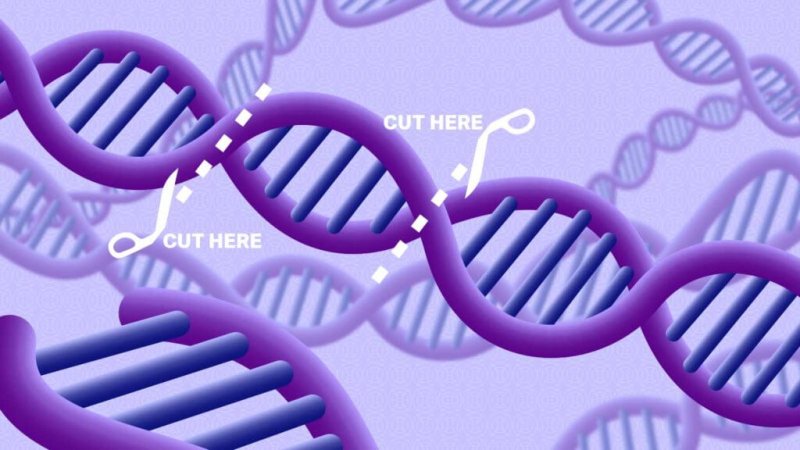Gene editing today usually means making precise changes using CRISPR, a bacterial DNA-cutting system adopted by scientists. It works within the code of an existing genome rather than importing code from elsewhere. But if you value only what’s completely natural in the natural world, you may not be comfortable with either approach.
Beyond farmed species, there are difficult decisions to be made about the balance of risks and benefits for the natural world. Should we, for example, edit the genomes of corals to help them withstand ocean temperature and acidity changes caused by climate change? Or edit the genomes of trees to help them fight fungal diseases?
What’s confusing is that some of the modifications we’re now considering could have been achieved years ago through traditional methods, so our views depend on what we think about the safety of new editing technologies, but also how desperate we are to address environmental degradation.
A recent study by environmental policy expert Jesse Reynolds suggests that the conservation potential of gene-editing technologies may be proving persuasive as environmentalists seem less resistant than they once were to such technologies.































